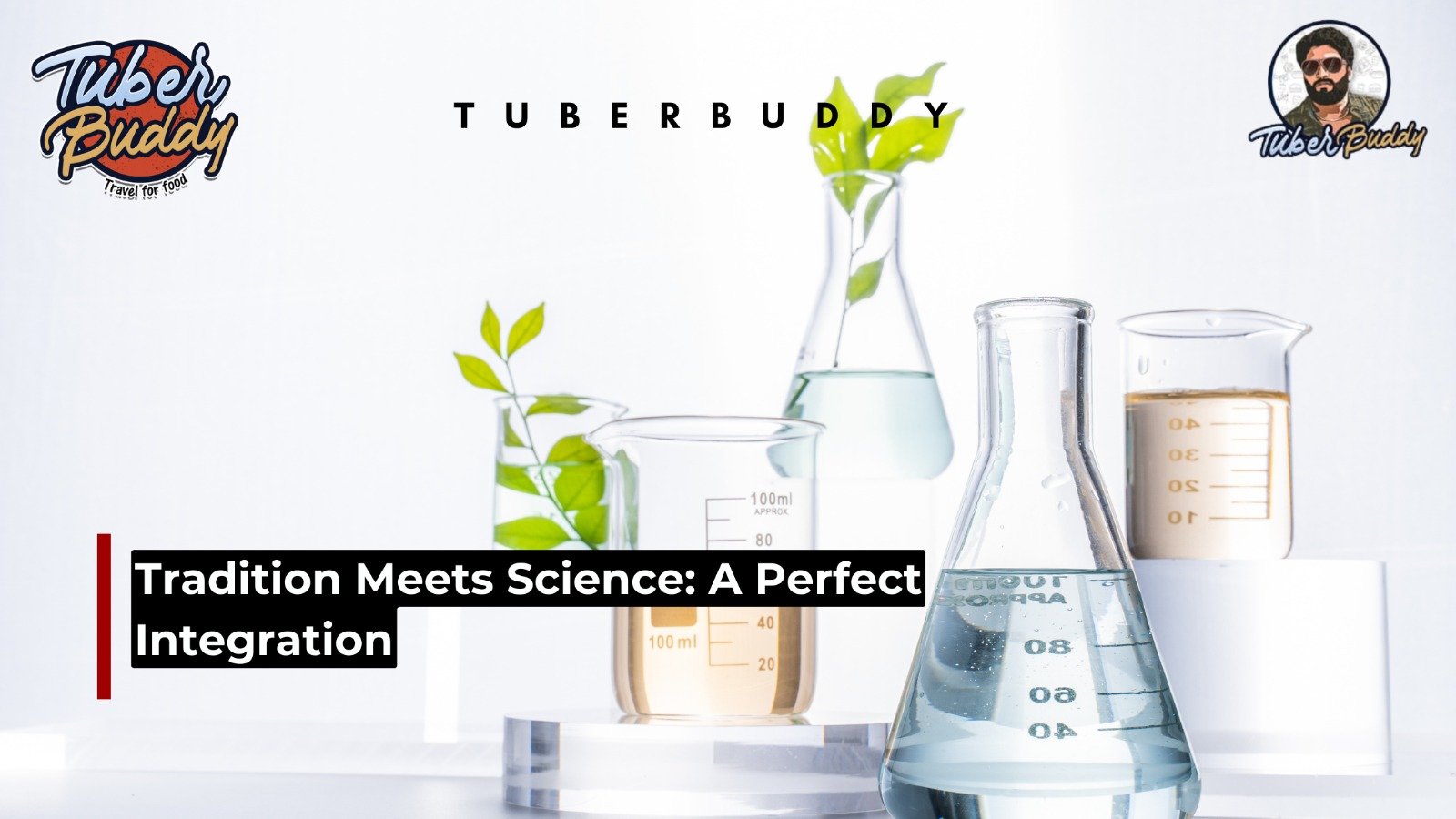Tradition Meets Science: A Perfect Integration

Integrating Tradition and Science: A Balanced Future for the Modern World
In a fast-moving, tech-driven world, we often find ourselves choosing between the “old ways” and “modern solutions.” But what if the real power lies in bringing both together? Integrating tradition and science is not just a trend; it’s becoming essential in how we live, learn, heal, and grow.
Let’s explore how ancient wisdom and modern research can co-exist — and even strengthen each other — in our daily lives.
What Do We Mean by “Tradition” and “Science”?
Tradition refers to the cultural beliefs, practices, and knowledge passed down through generations. This could be folk medicine, seasonal diets, farming methods, or even parenting styles.
Science, on the other hand, is based on observation, experimentation, and data. It helps us understand the “why” behind things and validate or refine traditional knowledge.
Integrating tradition and science doesn’t mean replacing one with the other — it means creating a bridge between them.
Real-Life Examples Where They Blend Beautifully
1.Ayurveda and Modern Medicine
Ayurveda, India’s ancient healing system, promotes balance in the body using natural herbs, diet, and routines. Today, many Ayurvedic principles are backed by clinical studies. For example, turmeric’s anti-inflammatory properties, long used in Ayurveda, are now widely accepted by modern medicine.
Doctors are now prescribing integrative approaches — a mix of traditional remedies and modern treatments — for chronic conditions like arthritis, insomnia, and digestive issues.
2.Organic Farming and Soil Science
Traditional Indian farmers followed lunar cycles, used cow dung for compost, and rotated crops — all without ever reading a scientific journal. Modern agricultural science now confirms these practices improve soil fertility, water retention, and biodiversity.
This is why today’s organic farms are returning to “old-school” techniques — not because they’re nostalgic, but because science proves they work.
3.Mindfulness in Modern Psychology
Meditation, yoga, and chanting were once viewed as religious or spiritual practices. But now, clinical psychology and neuroscience back their benefits — from reducing anxiety to improving brain function.
Schools and workplaces are now integrating mindfulness programs not just to increase focus, but also to promote emotional well-being.
Why Integration Matters Today
We live in a time where scientific innovation is rapid — but so is burnout, ecological collapse, and emotional disconnect.
By integrating tradition and science, we get:
- Balance: Science gives precision. Tradition offers perspective.
- Sustainability: Traditional ways often align with nature; science helps scale them responsibly.
- Cultural Relevance: Traditions connect us to our roots and identity.
- Efficiency: Science can validate or refine traditional methods, making them more impactful.
It’s not about one being superior. It’s about making both work together.
Isn’t Tradition “Unscientific”? Not Always!
A common myth is that tradition is outdated or superstitious. In reality, many traditional practices were built through centuries of trial and observation — which is what science does too.
For example:
- Drinking water stored in copper vessels kills harmful bacteria — now proven by lab studies.
- Eating curd rice during summer helps gut health — now supported by microbiome research.
So instead of dismissing something just because it’s old, we should ask: “Does it make sense and does it work?” That’s where science comes in — to test, adapt, and improve.
Challenges in Merging Both
While the benefits are clear, challenges remain:
- Traditional knowledge is often undocumented or region-specific.
- Scientific studies may be expensive or limited in certain areas.
- Cultural beliefs can clash with modern skepticism.
But dialogue is the key. Communities, researchers, and educators must work together to document and validate traditional knowledge. It’s already happening — slowly but steadily.
The Future is Integrated
From climate change to personal health, the answers may not lie in choosing between science and tradition — but in combining them. A future where artificial intelligence respects ancient intelligence. Where biotechnology works alongside forest wisdom. Where the next big innovation is actually a rediscovery.
Final Thought
Whether it’s using neem for skin care or incorporating mindfulness into therapy, integrating tradition and science offers us the best of both worlds — logic and legacy, research and ritual.
Let’s stop seeing them as rivals, and start viewing them as teammates working for the same goal: a better, healthier, more meaningful life.
Curious about more cultural and scientific blends?
Follow TuberBuddy for stories that connect the dots between the old and the new!
